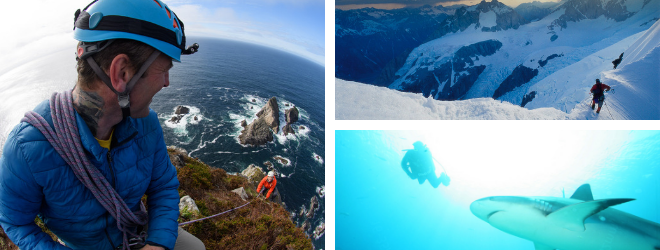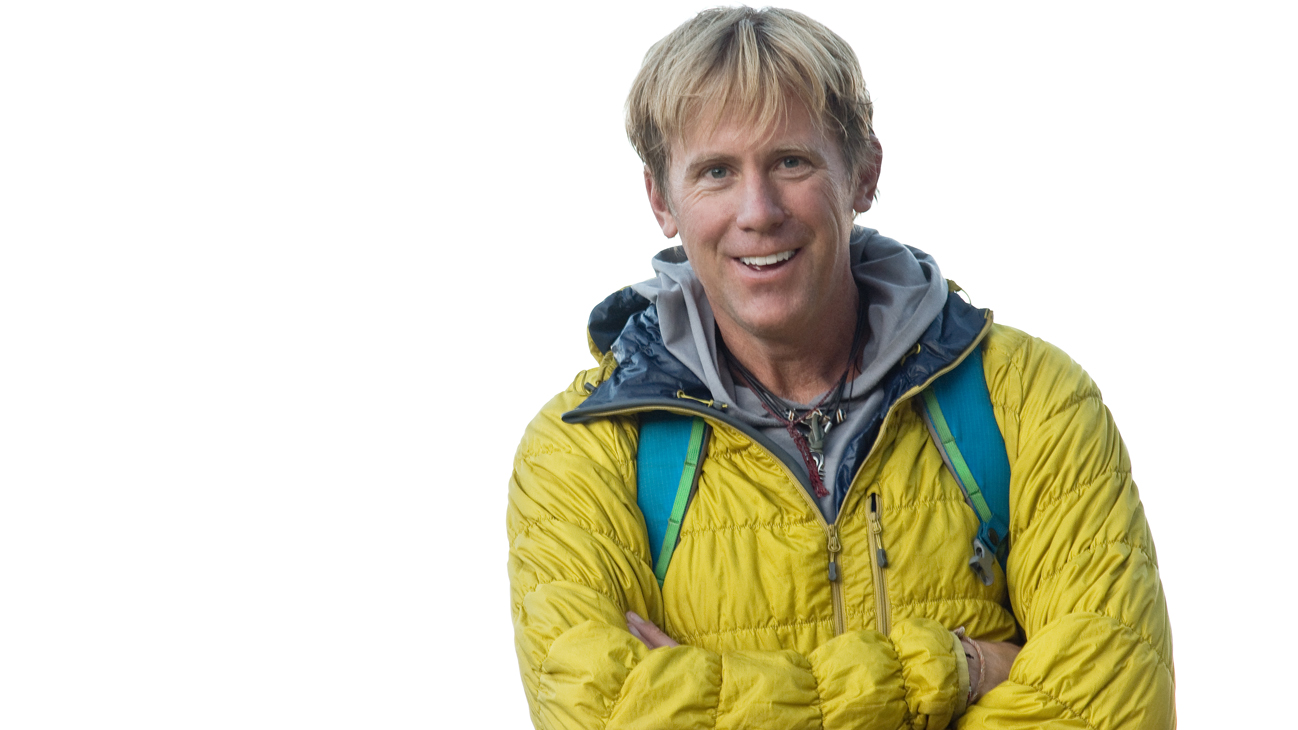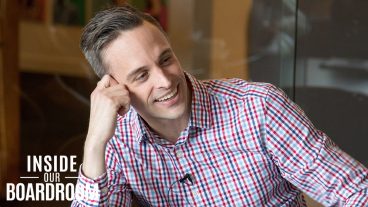Just as a majority of youth can effortlessly touch their toes while most adults can’t, our flexibility towards change also declines as we age — typically starting at around age 25.
This happens for a constellation of reasons — from shifts towards more moderate psychological viewpoints to universal societal pressures. But, one major instigator of change resistance among today’s workplace is the steadily increasing demands on our time. In this sense, change represents the discretionary spending of corporate behavior and it is the first thing that we cut as our capacity is stretched thin.
Any team under duress will begin exhibiting comfort-seeking tendencies, and ultimately, hours, days, even entire careers may be sacrificed in an unconscious search for ease. The result is that the majority of the modern workforce is now resistant to change, at least to some degree.
Sadly, the most certain way to underachieve — both as a team and as an individual — is to seek comfort. Growth demands some degree of uncertainty and discomfort, and the ability to be ‘comfortable with discomfort’ stands among the leading indicators of long-term success.
So, the fundamental question arises: How can teams be successfully led through change — whether it be forced upon them or chosen freely — in the face of such headwinds?
Typically, the first step is understanding that every journey of change follows an identical pattern. Change is a fundamental archetype of the human experience, and the same steps are present whether learning to crawl, mastering language, adapting to organizational restructuring, or launching an IT system.
Most importantly, there are five barriers which every group will encounter on their change journey:
- Fear: A savage force known to all.
- Scrutiny: The perception of others, which often exerts enormous influence on our decisions and actions.
- Failure: How we respond to inevitable setbacks.
- Stakes: How we respond when we feel that the risk is too much?
- Paralysis: The end game of “change resistance”, where we find ourselves waiting in vain for the situation to change.
These barriers all provide critical feedback. Learning how to read and react to each situation is key to moving forwards.
Let’s take fear as an example. No one is immune to fear, nor should they be because fear is an important evolutionary messenger that keeps us safe. Fear sends us a nuanced message that often serves as a compass for our actions.
The effect of fear on human performance can best be interpreted through the milestone work of Robert M. Yerkes and John Dillingham Dodson. In 1908, this pair of Harvard researchers discovered a foundational relationship linking performance with anxiety that has become the cornerstone of modern growth studies.
In a nutshell, Yerkes and Dodson showed us that at low levels of anxiety, human performance tends to follow a flat line because we have already adapted to whatever we are doing and can continue to do it well indefinitely. In these conditions, there is no opportunity for growth.
Unexpectedly, when a small degree of disequilibrium or discomfort is added to the environment, performance begins to increase sharply. This is an experience that athletes describe as a “flow state,” and performance artists refer to as being “in the zone.” Psychologists denote this as “The Realm of Stretch.” All the magic of human growth lies here — and we want to spend as many of our days as possible in this zone.
But if we continue to add unfamiliarity or uncertainty to our lives, our performance soon collapses. This is the realm of “choke”, where we have bitten off too much and gone too far.
The fundamental learning from Yerkes and Dodson is that when we start from a place of comfort, both opportunity and danger lie in the same direction — the direction of our fears. Knowing this, the simple, initial step to embracing change is to keep our shoulders squared towards fear, rather than following our instinct to run away from them.
At this point in our journey, there is no talk of how far we will follow our fear — that will be determined much later in the journey through a careful process of risk management and judicious decision making.
But once this simple idea of “fear orientation” takes seed, and we find the courage necessary to look discomfort in the face, our teams will be ready for the next step on their journey of change.
Acclaimed explorer and writer Bruce Kirkby unpacks all five barriers to change and more, in his keynote Change Management: Navigating the Uncertainty, Unfamiliarity and Discomfort of Growth.
Bruce uses his incredible adventures across the globe to provide real-world, practical lessons on risk management and change leadership and offers simple strategies to help people confront their fears and embrace change to see lasting success, both personally and professionally.
Interested in learning more about Bruce and what he can bring to your next event? Email us at [email protected].





